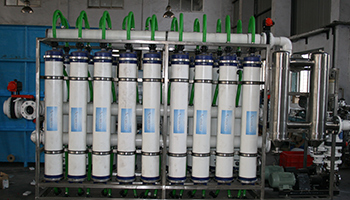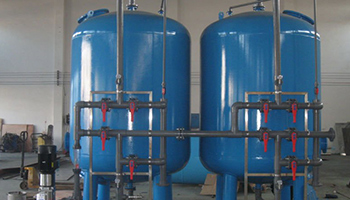Drinking Water
In India, water is considered to be the elixir of life and water conservation techniques were evidently an integral part of the architectural monuments in ancient India.
Around 1.1 billion people worldwide lack access to water. A total of 2.7 billion undergo a situation of water-crisis for at least a month during an year. Inadequate sanitation is also a problem for 2.4 billion people—they are exposed to diseases, such as cholera, jaundice, typhoid, fever, and other water-borne illnesses. Two million people, mostly children, die every year, alone of diarrheal conditions.
With such a limited quantity of drinking water available and to add to it, the grim, lurking danger of people contacting water-borne diseases, we, at Sparkle, lay special emphasis on treating water for potable purposes.
Water potability has to deal with the removal of contamination agents, suspended impurities, biological impurities and dissolved impurities. For the removal of physical impurities such as suspended particles and turbidity, stand alone filtration or combination of flocculation, clarification, deep bed filtration and membrane filtration is applied.
For contaminations caused by malevolent bacteria, viruses and other biological impurities. Sparkle provides effective solutions by providing disinfection methods using chlorination, activated carbon and membrane type separation
Our customers are benefited from our innovative and proven solutions. Sparkle offers end to end services that include various activities such as designing, building, operating, maintaining , upgrading and managing the drinking water treatment facilities.
At Sparkle, we offer drinking water treatment providing state of the art solutions that ensures zero passage of contaminants from our system.



